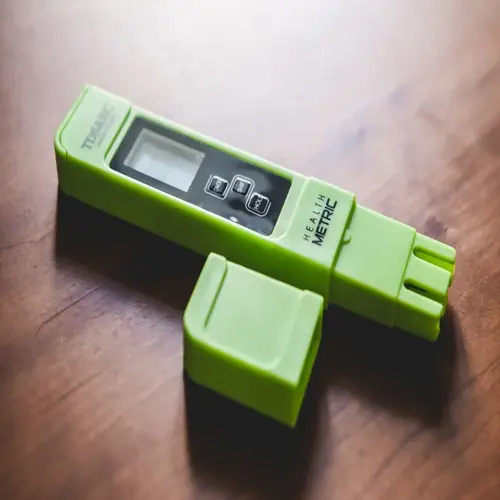How do I prepare tap water safely?

Written by
John Williams
Reviewed by
Prof. Henry Webster, Ph.D.Preparing tap water correctly is a prerequisite to guaranteeing safety in the aquarium. Untreated tap water contains chlorine, chloramine, and heavy metals that kill fish in a matter of hours. This guide describes professional methods for making tap water safe for use in aquariums. The use of these methods will eliminate the possibility of fatalities and preserve the stability of the aquarium's conditions.
Contaminant Testing
- Test for chlorine/chloramine levels before treatment
- Check copper and heavy metals for sensitive species
- Measure pH and GH to identify necessary adjustments
Dechlorination Process
- Use liquid dechlorinators according to bottle instructions
- Dose accurately based on replacement water volume
- Allow 5 minutes contact time before adding
Parameter Adjustment
- Match temperature within 1°F using aquarium heaters
- Adjust pH gradually using natural methods like driftwood
- Modify GH with mineral supplements if needed
To precisely carry out the process of temperature matching, have a reliable heater for your aquarium in your preparation bucket. Check it with a calibrated thermometer, since fish can be severely stressed with a temperature difference of 2° F. For tropical fish tank temperature, keep the running temperature no less than 76° and no more than 80° F. Too cool water changes will produce shock and disease.
If necessary, change pH gradually. Natural methods, such as almond leaves, are the best. Commercial buffers cause rapid changes if misused. Always check the pH after treatment before making increases. Never change more than 0.2 units per day! The stability is more important than the right numbers!
There are special cases to consider. Shrimp tanks need copper-free water. Reef systems need RO water with balanced minerals. Discus aquariums need soft, low pH water. Do your research to always know these parameters before preparing water.
The last steps of quality checks assure safety. Test the treated water parameters against those of the tank water. Make sure chlorine levels are zero. Make sure temperatures match. Let the new water aerate for 30 minutes before adding it to your tank. These precautions prevent emergencies and keep your fish healthy.
Read the full article: Aquarium Water Changes: Essential Steps & Tips

